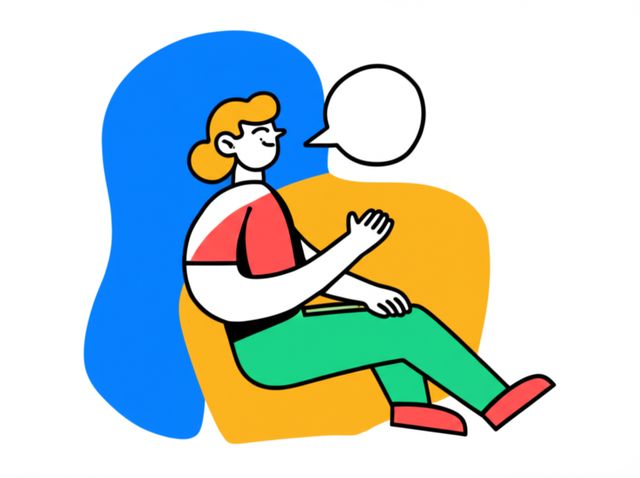Inclusive Design
Inclusive Design is a holistic approach to design that takes into account the needs of users from all backgrounds and abilities. It involves creating products, services, and environments that can be used by everyone, regardless of their age, disability, gender, race, or any other characteristic.
Importance of Inclusive Design
Inclusive Design is important because it benefits everyone. It makes products and services more accessible to people with disabilities, but it also makes them easier for everyone to use. For example, a website that is designed with inclusive design principles will be easier to navigate for everyone, not just people with visual impairments. By using multiple modes of representation and allowing for multiple methods of interaction, Inclusive Design provides all learners with the best possible opportunity to learn.
Inclusive Design is also important for businesses. Companies that create inclusive products and services are more likely to reach a wider audience and increase their sales. In addition, inclusive design can help to reduce the costs associated with accessibility lawsuits.
How to Learn Inclusive Design
There are many ways to learn about Inclusive Design. One way is to take an online course. There are many different online courses available, so you can find one that fits your needs and interests.
Another way to learn about Inclusive Design is to read books and articles on the topic. There are many resources available online and in libraries.
You can also learn about Inclusive Design by attending conferences and workshops. These events are a great way to network with other people who are interested in Inclusive Design and to learn about the latest trends in the field.
Tools, Software, and Equipment
There are a number of tools, software, and equipment that can be used to create inclusive products and services. Some of the most popular tools include:
- Screen readers
- Magnifiers
- Alternative keyboards
- Speech recognition software
- Closed captioning
These tools can help people with disabilities to access and use products and services.
Benefits of Learning Inclusive Design
There are many benefits to learning about Inclusive Design. Some of the benefits include:
- Increased job opportunities
- Improved problem-solving skills
- Enhanced creativity
- Greater understanding of diversity
- Increased empathy
Learning about Inclusive Design can help you to become a more well-rounded and successful individual.
Projects for Learning Inclusive Design
There are many different projects that you can do to further your learning in Inclusive Design. Some of the projects include:
- Design a website or app that is accessible to people with disabilities
- Create a product that is inclusive of people from all backgrounds
- Develop a training program on Inclusive Design
- Conduct a research study on Inclusive Design
- Volunteer with an organization that promotes Inclusive Design
These projects can help you to gain practical experience in Inclusive Design and to make a difference in the lives of others.
Personality Traits and Personal Interests
People who are interested in Inclusive Design tend to have the following personality traits and personal interests:
- Empathy
- Creativity
- Problem-solving skills
- Attention to detail
- Interest in diversity and inclusion
If you have these personality traits and interests, then you may be well-suited for a career in Inclusive Design.
Careers in Inclusive Design
There are many different careers available in Inclusive Design. Some of the most common careers include:
- Inclusive Design Consultant
- Web Accessibility Specialist
- Product Designer
- User Experience Designer
- Instructional Designer
- Special Education Teacher
- Assistive Technology Specialist
- Universal Design for Learning Specialist
These careers allow you to use your skills and knowledge to make a positive impact on the lives of others.
How Online Courses Can Help
Online courses can be a helpful way to learn about Inclusive Design. Online courses offer a flexible and convenient way to learn at your own pace. They also provide access to a wide range of resources and experts.
Some of the skills and knowledge that you can gain from online courses in Inclusive Design include:
- The principles of Inclusive Design
- How to design for different types of disabilities
- How to evaluate the accessibility of products and services
- How to advocate for Inclusive Design
Online courses can help you to develop a comprehensive understanding of Inclusive Design. They can also help you to develop the skills and knowledge you need to make a difference in the lives of others.
Are Online Courses Enough?
Online courses are a helpful tool for learning about Inclusive Design, but they are not enough on their own. To truly master Inclusive Design, you need to combine online learning with hands-on experience. This experience can be gained through internships, volunteer work, or personal projects.
By combining online learning with hands-on experience, you can develop the skills and knowledge you need to make a real difference in the lives of others.


